If you’re experiencing receding gums, you’re not alone. Over half of the US population above 30 experiences some level of gum recession. It can also start as early as your teens. Thankfully, there are many easy remedies to reverse your receding gums naturally.
Receding gums isn’t something you should ignore. Don’t wait until it becomes a dental emergency. As soon notice its symptoms, schedule an appointment with your dentist.
However, natural remedies can also help, especially if it’s a mild case. You can also use them to keep the recession from worsening while you wait for your dental appointment.
First, what are receding gums?
Receding gums happen when the gum around the teeth pulls back below its margin or wears off. It is also called gingival recession and can expose more of the teeth and roots to bacteria and injury.
Gum recession leaves gaps between the teeth and gums which bacteria can easily live in. It may be difficult to know whether you’re experiencing a gum recession. This is because it happens gradually. However, tooth sensitivity is one of the first signs of gum recession. So, watch out for this symptom.
Gum recession is a slow process, but it’s also a dangerous disease. It can lead to severe problems like tooth loss and periodontal disease.
You can rebuild your receding gums with ingredients you already have at home. These remedies do not substitute for a dentist’s appointment. But they can help you stop the symptoms and prevent the recession from getting worse.
Here are 10 natural remedies to help you reverse or rebuild receding gums:
Oil pulling is a popular age-long practice for removing plaques and other food particles from the mouth with natural oils. What’s more, it’s an effective natural remedy for receding gums and gingivitis.
To practice oil pulling, you’ll need sesame oil or high-quality coconut oil. Simply swish a spoonful of oil in your mouth while pulling the oil between your teeth as well. Do this for 20 minutes and spit it out. Rinse your mouth with warm water or add some salt for an antibacterial effect. Finally, brush your teeth.
Saltwater isn’t just an easy-to-make natural oral rinse. It is antibacterial and can kill bacteria that cause receding gums. Saltwater can also soothe painful and swollen gums.
To make a saltwater rinse, mix 1 teaspoon of salt in a cup of warm water. Rinse your mouth with this mixture for 30 seconds and spit it out – don’t swallow it. Repeat this process 2 or 3 times daily to rebuild receding gums naturally.
According to this study, eucalyptus oil can effectively treat receding gums and promotes tissue growth. It’s a natural anti-inflammatory germicide, so it kills bacteria around your teeth.
Brushing to prevent receding gums is a no-brainer. But how you brush matters. Ensure you use a toothbrush with soft or medium textured bristles. More importantly, brush gently. You don’t want to contribute to wearing away your gum tissue by brushing aggressively.
But how you brush matters. Ensure you use a toothbrush with soft or medium textured bristles. More importantly, brush gently. You don’t want to contribute to wearing away your gum tissue by brushing aggressively.
Peppermint essential doesn’t just smell nice. It also prevents microorganism growth in your mouth that could cause serious damage like gum recession. In terms of prevention, peppermint essential oil is an effective ingredient for a receding gum line.
Drinking a cup or two of green tea can help you reverse receding gum tissue naturally. Green tea has properties that prevent the growth of bacteria. This makes it a great natural remedy for receding gums and other dental diseases.
Just ensure you drink it plain. Don’t add sugar or any other flavoring that bacteria can feed on. Doing this can defeat the antibacterial property of green tea and worsen receding gums.
Flossing removes plaques containing harmful bacteria from tough-to-reach places your toothbrush can’t get to.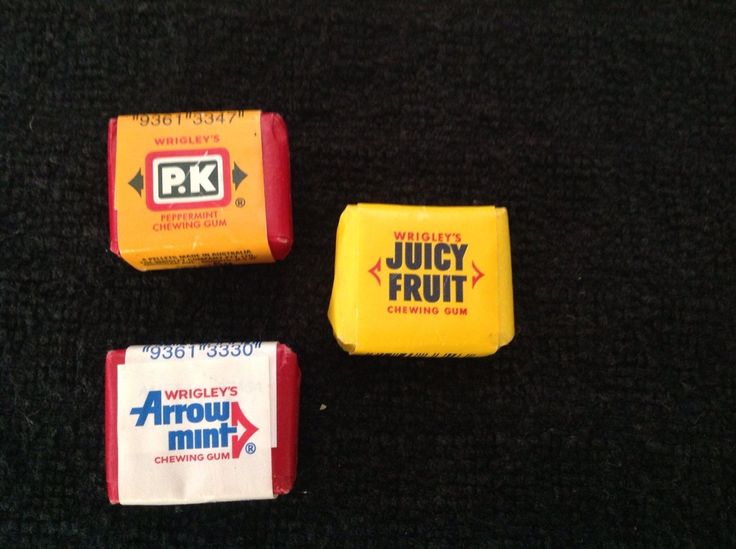 These bacteria can cause receding gums and other dental problems. Flossing at least twice daily is the easiest way to keep gum recession at bay.
These bacteria can cause receding gums and other dental problems. Flossing at least twice daily is the easiest way to keep gum recession at bay.
Hydrogen peroxide isn’t just great for first aid. It’s also an excellent natural remedy for receding gum tissue. It can also help treat swollen and sore gums too. Not to mention that it can also whiten your teeth a bit.
To make a hydrogen peroxide rinse, mix ¼ cup of 3% hydrogen peroxide in ¼ cup of warm water. Rinse your mouth with the solution for 30 seconds. Ensure you don’t swallow any of it. Spit it out and rinse your mouth with plain warm water.
Do this 2 to 3 times a week – and no more than that – to heal receding gum tissue naturally.
Aloe vera is one of the most effective natural remedies for any inflammation. In the case of receding gums, injecting medicinal aloe vera gel into gum inflammation can help improve your gum tissue.
However, only a trained dental professional should perform this if this method is truly their recommendation.
Septilin is a herbal mixture consisting of licorice, guggul, and guduchi. So, it’s rich in natural substances that are great for fighting gum recession-causing bacteria.
It comes in both tablets and syrups. To use it as a gum recession remedy, adults can take two tablets twice a day or two spoonfuls of syrup three times a day.
Turmeric gel contains antioxidant and anti-inflammatory properties. This makes it an excellent treatment for gingivitis. Since gum recession starts with gingivitis, turmeric gel is an effective way to stop it from happening at all.
This 2013 article links tea tree essential oil to reducing harmful bacteria growth in the mouth. By stopping bacteria from wreaking havoc on your gums, you can stop gum recession too. This makes tea tree oil a natural remedy for receding gums.
You can use omega-3 fatty acids to heal or prevent receding gums naturally in two ways:
Also, a clinical trial shows that taking 300 milligrams of omega-3 fatty acids for 12 weeks reduces gum swelling and helps receding gums heal naturally.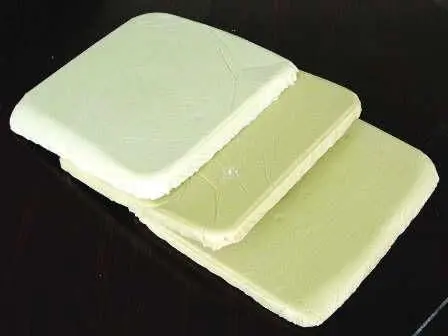
Like other essential oils mentioned before, thyme oil has similar benefits. It’s a great home remedy to reverse receding gums naturally.
Lemon contains antibacterial properties. This makes it an effective natural remedy against gum recession-causing bacteria. Be careful not to use it too often. Its acidic properties can harm your enamel. So, it’s best to use it once a week – and not every day.
The most effective way to stop receding gums and regenerate gum tissue happens at a dentist’s. If your gum recession is severe, the natural remedies above will not suffice. You’ll have to see a dentist immediately.
Your dentist may recommend one of the following procedures to treat your receding gums and restore them:
Flap surgery is a deep tissue cleaning of the gums. During this procedure, the dentist lifts your gums up and cleans out the gum recession-causing bacteria from underneath them.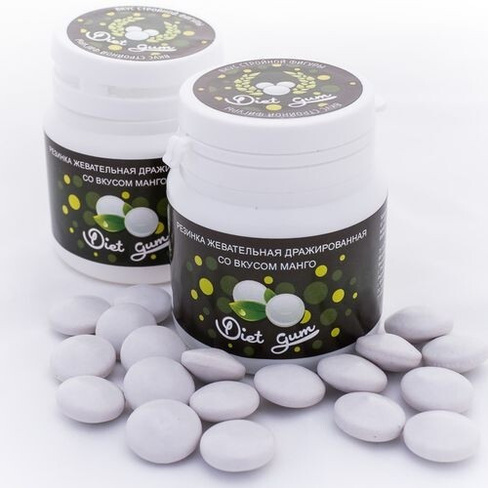 Then, they place it back on your teeth.
Then, they place it back on your teeth.
After flap surgery, your gum line may appear even shorter than before because it fits more closely to your teeth.
In severe cases, a gum tissue graft may be the best remedy for gum recession. In this oral surgery, the dentist takes tissue from the roof of your mouth and attaches it to your gum line. The goal here is to cover the exposed roots of your teeth to protect them from harm.
By the end of the tissue graft surgery, you’ll have stitches in two places in your mouth. When they heal, your gum line will be at a healthy level.
If a significant portion of the gum has receded and affected the jaw and teeth bone, you might need a bone regeneration.
During this process, your dentist simply applies a protein that will stimulate your body to regrow the lost tissues.
LANAP is a laser treatment that promotes natural tissue regeneration. It’s a painless procedure but all the more effective.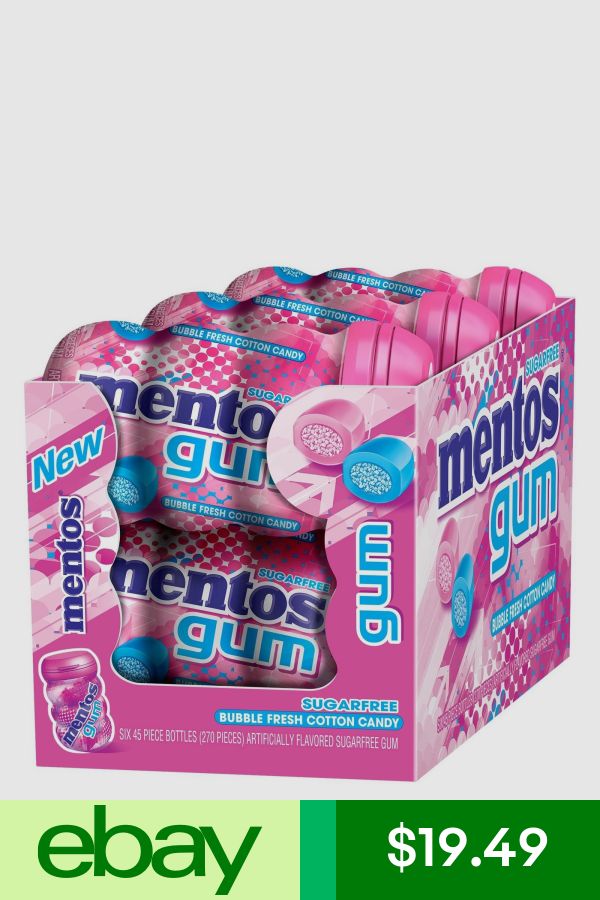 During your procedure, your dentist will use a laser to treat the receding gums.
During your procedure, your dentist will use a laser to treat the receding gums.
One of the best reasons to get LANAP is the quick recovery time. Because it doesn’t involve cutting your gum or placing stitches anywhere, you’ll see the results of the procedure much faster.
Gum recession is a serious issue, and fast intervention is crucial when you notice it. Otherwise, you risk painful inflammations and losing your teeth.
If you have gum recession and you’re in New York City, Advanced Dental Arts is the right practice for you. Based in the Greenwich Village and Manhattan area, we serve our patients with dedication. We’ll recommend the most suitable gum recession treatment for you and restore your healthy smile.
Book an appointment with us today!
The simple answer is, no. If your gums are damaged by, for example periodontitis, the most severe form of gum disease, it’s not possible for receding gums to grow back. However, even though receding gums can’t be reversed there are treatments that can help to stop the problem from getting worse.
However, even though receding gums can’t be reversed there are treatments that can help to stop the problem from getting worse.
There are a few signs you might spot that can tell you if you have gum problems, or gum recession. It happens when your gums pull back from your teeth, leaving the root beneath exposed and the first thing you might feel is increased tooth sensitivity. You might also notice that your teeth look longer, or feel a notch where the gum meets the tooth.
While you may see these signs, it’s not always easy to tell if you have receding gums. The best thing to do is have regular check ups with your dentist, as a professional can identify and treat gum problems. This is particularly important with receding gums as getting treatment as soon as possible is the best way to stop them from getting worse.
There are many factors that can cause your gums to recede and your dentist will be able to tell you which is causing your gum recession:

If you want to find out if you have gum recession or think you have receding gums, the first thing to do is book an appointment to see your dentist and get professional advice on how to stop receding gums.
There are several receding gum treatments including:
In cases of gum recession, your dentist might suggest scaling and root planing. This is a two-part procedure done by your dentist. Firstly, all the plaque and hardened tartar above and below the gum line (where the gum meets the tooth) is removed. Then your dentist will do root planing, which is smoothing out your teeth roots to help the gums reattach to the teeth. Your dentist may offer a local anesthetic during the procedure and it may take more than one visit to complete.
After your treatment it’s normal for your gums to be red, swollen and sore and for there to be increased sensitivity. Your dentist may recommend using a short course of antimicrobial mouthwash like Corsodyl 0.2% Mouthwash to help reduce bacteria and prevent infection.
Scaling and planing is often enough to fix the problem, but you will need to have regular check ups to make sure your receding gums have improved and are not getting worse.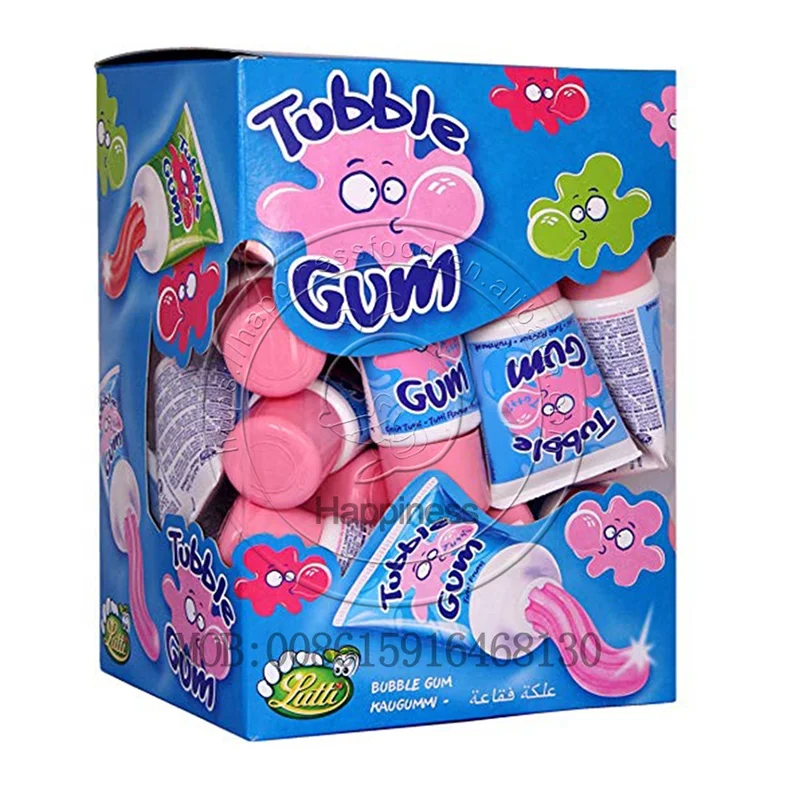 It’s also important to maintain a good oral health routine to protect your gums.
It’s also important to maintain a good oral health routine to protect your gums.
For more severe cases of receding gums your dentist may recommend gum surgery. There are few different types including:
If gum tissue has been lost your dentist may suggest soft tissue, or gum graft, surgery.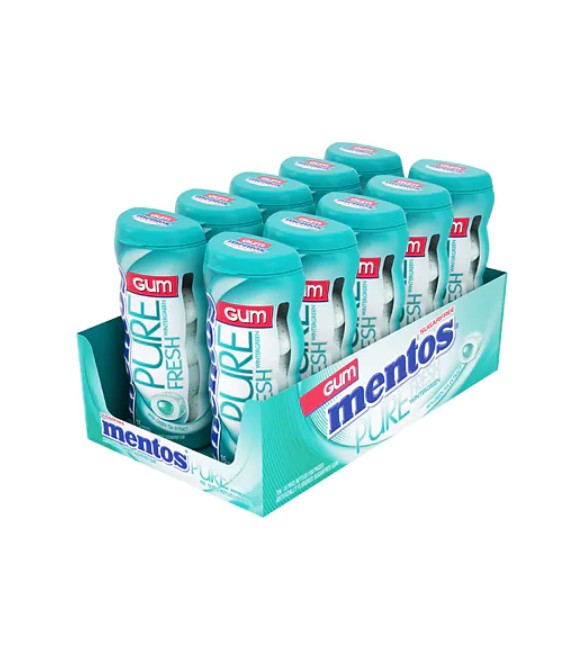 This is where tissue is grafted from surrounding gums or the roof of your mouth and stitched to the gum tissue to cover the exposed root of your tooth.
This is where tissue is grafted from surrounding gums or the roof of your mouth and stitched to the gum tissue to cover the exposed root of your tooth.
The best protection against receding gums is regular check ups with a dentist and a good oral health routine. Brushing for two minutes, twice daily with a fluoride toothpaste or a daily specialist gum health toothpaste like Corsodyl Complete Protection, helps to remove plaque bacteria to keep your gums, and teeth, healthy.
Every second person who has experienced a toothache does not dare to seek help from a dentist in a timely manner. And the reason for this is an elementary fear of painful sensations during medical procedures. The issue of anesthesia is acute and relevant for modern dentistry. Consider common painkillers that are used in dentistry and can help get rid of the phobia of pain experienced during dental procedures.
More recently, the use of anesthetics to relieve pain during dental treatment has become a standard part of this procedure. Anesthesia is a loss of sensation, in whole or in part, in a certain area of \u200b\u200bthe body or in certain parts of it. As a rule, this effect is achieved by administering to the patient an individually calculated amount of medications that block the flow of pain signals from the area of dental intervention to the brain.
In dentistry, anesthesia is used directly during therapeutic or surgical procedures. The dentist does a tremendous amount of work in a short period of time, while causing minimal harm to the human body.
There are several times more nerve endings in tooth tissues than on human skin. The dental nerve is highly sensitive and conductive to pain. Therefore, toothache is the most severe of all. Carrying out dental treatment, the dentist must correctly perform anesthesia, otherwise the patient will not escape torment.
Feeling pain, the patient may involuntarily make a sudden movement, which will cause instrument breakage or damage to the oral cavity. Some patients, unable to overcome the fear of injections, want to do without anesthesia. This is wrong: the body can react unpredictably to a toothache. First, the pain raises adrenaline in the body, which provokes a rapid heartbeat. Secondly, immediately increases blood pressure and blood sugar.
It can be said with certainty that in dentistry anesthesia is necessary to prevent deterioration of the general condition of a person.
The implementation of anesthesia is necessary for the following dental procedures:
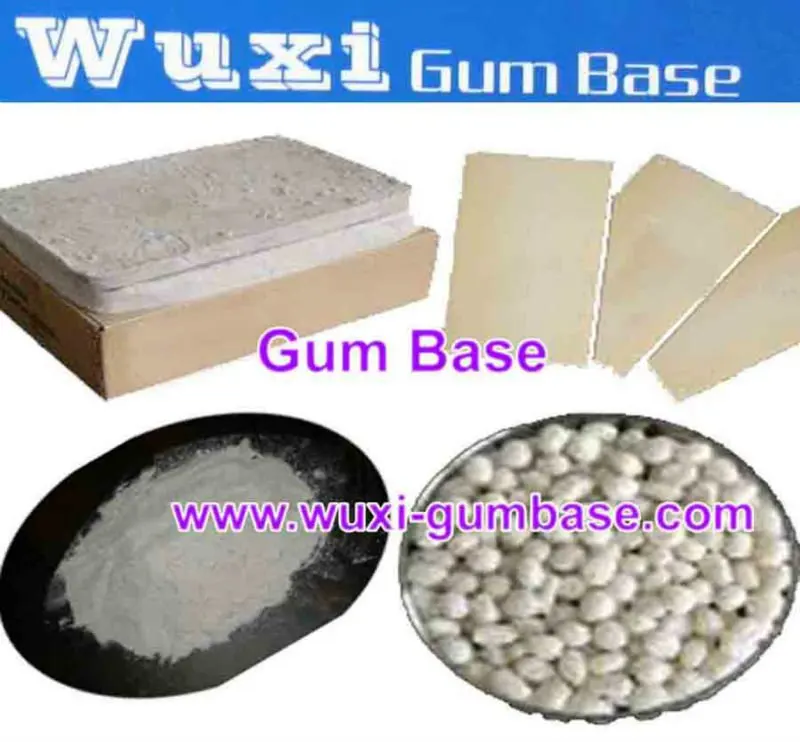
Also used drugs with analgesic effect in the elimination of medium caries.
Before any intervention or administration of anesthesia to the patient, the attending physician must conduct a conversation, during which he learns about the presence or absence of pathologies:
Each possible disease from the above list must be taken into account in order to avoid unwanted complications.
Pay special attention to small patients. Treatment of children's teeth without anesthesia is impossible, so moral preparation is important. An experienced doctor will be able to find an approach to the child, not to frighten him with a syringe with a needle, but to administer anesthesia as painlessly and delicately as possible for the fragile psyche of the child.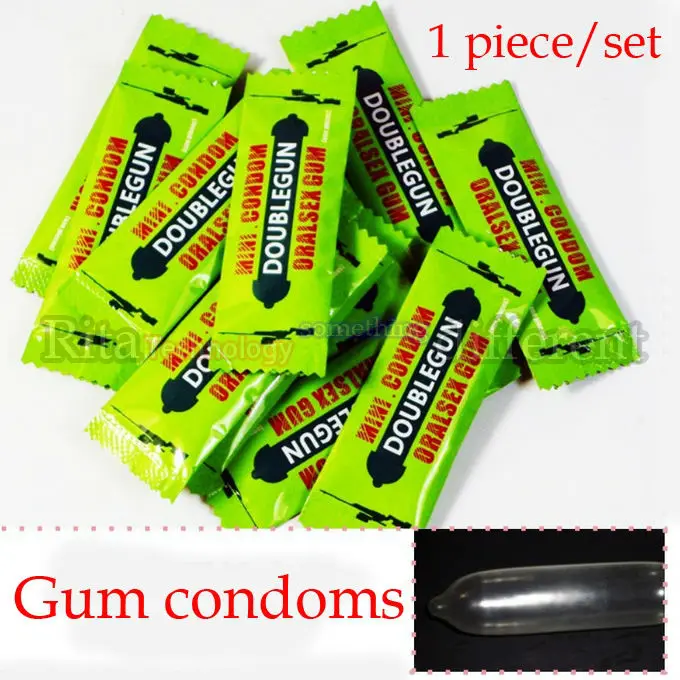 If the child is very impressionable or is not sufficiently aware of what will be done with him, the use of sedatives, sedatives, is fully justified.
If the child is very impressionable or is not sufficiently aware of what will be done with him, the use of sedatives, sedatives, is fully justified.
In order to maximize the effect of the use of anesthesia and avoid serious negative consequences during this, the patient should follow these simple recommendations before dental procedures:
Anesthesia can be general and local. There is also a distinction between drug and non-drug anesthesia. The latter method of anesthesia is rarely used, it includes:
There is also a distinction between drug and non-drug anesthesia. The latter method of anesthesia is rarely used, it includes:
Medical anesthesia is based on the administration of an individually selected anesthetic. Absolutely blocking the flow of pain signals to the cerebral cortex. Due to this, for the necessary period of time, sensitivity is lost in that area of the body that lends itself to intervention. After the completion of the surgical intervention, the drug is independently excreted from the tissues and the sensitivity returns.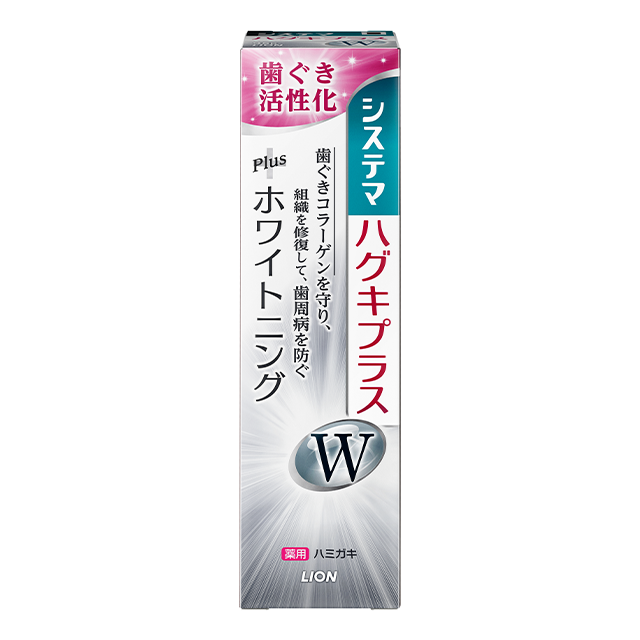
This anesthesia is considered one of the most common and allows you to protect the patient from pain at the time of dental manipulation. General anesthesia is rarely used. The exceptions are cases when it is necessary to carry out an extensive number of procedures for various purposes, taking into account the patient's intolerance to certain components of anesthetics for local use. Such anesthesia is allowed to be used in the treatment of teeth in children from four years old or during maxillofacial operations.
In many standard situations, the treatment or complete extraction of a tooth is carried out using local anesthesia. Thanks to this method of anesthesia, dentists can eliminate pain. However, after the introduction of an anesthetic, the sensitivity is not completely lost: the patient feels a touch, which causes discomfort. To minimize this kind of inconvenience, the patient is prescribed sedatives on the eve of the manipulation. Common local anesthetics among a huge number of clinics: Novocaine and Lidocaine.
Common local anesthetics among a huge number of clinics: Novocaine and Lidocaine.
In the medical practice of modern dental science, more effective medicines are also used. Dentists distinguish six methods of local anesthesia, based on the scope and methods of drug administration:
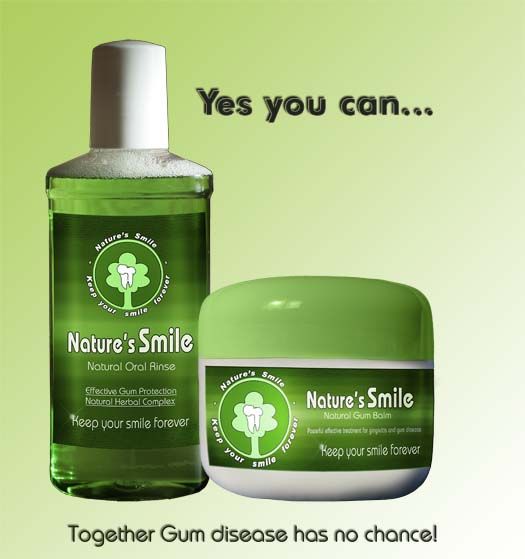 With its help, one tooth with a small part of the mucous membrane near it is deprived of sensitivity. This is how deep caries is treated and the nerve bundle is removed. The injection is injected into the protection of the upper part of the tooth. It blocks the passage of the signal from the area of irritation. This method is used when treating teeth in the upper jaw: it is thinner than the lower jaw and the anesthetic penetrates more easily to the nerve endings.
With its help, one tooth with a small part of the mucous membrane near it is deprived of sensitivity. This is how deep caries is treated and the nerve bundle is removed. The injection is injected into the protection of the upper part of the tooth. It blocks the passage of the signal from the area of irritation. This method is used when treating teeth in the upper jaw: it is thinner than the lower jaw and the anesthetic penetrates more easily to the nerve endings. 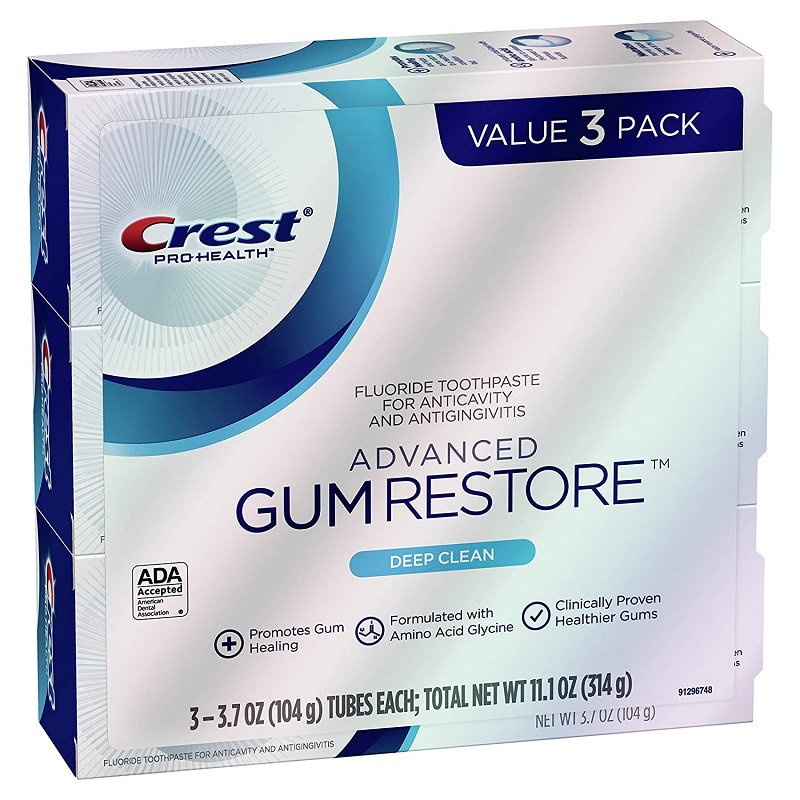
Many dentists prefer to work with articaine drugs. The choice is justified by their effectiveness and an order of magnitude higher quality than Lidocaine and Novocaine. The main advantage of such painkillers is the direct effect on the foci of inflammation. Often, the composition of painkillers includes adrenaline with epinephrine. Under their action, vasoconstriction occurs, the strength of the drug increases.
Often, the composition of painkillers includes adrenaline with epinephrine. Under their action, vasoconstriction occurs, the strength of the drug increases.
The most commonly used anesthetics:
 Used in standard procedures: extraction and treatment of teeth.
Used in standard procedures: extraction and treatment of teeth. Inflammatory processes in the gums - an unpleasant phenomenon that causes discomfort to both the patient and others - bad breath accompanies almost any inflammation of the gums. The presence of such a disease is a threat to dental health and not only. Infected saliva that enters the stomach from the oral cavity can cause more serious consequences at the system level. The use of anti-inflammatory gums and regular check-ups at the dentist are the main preventive measures aimed at protecting human health.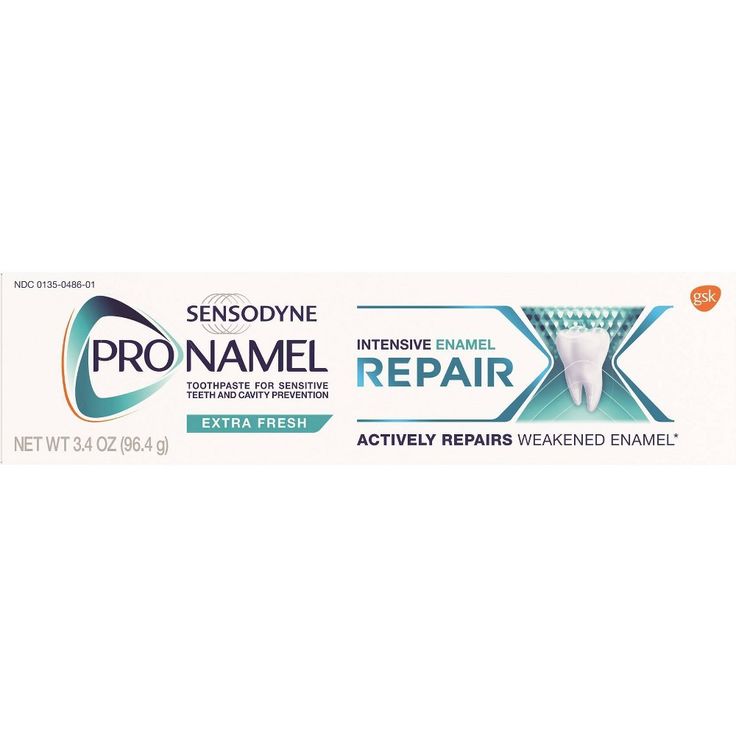
Back to content
Microbes . The main reason why inflammation develops in the gums is the presence of pathogenic bacteria, which are a natural part of the oral microflora. With proper and regular care of teeth and gums, they do not pose a threat. And in cases where oral hygiene leaves much to be desired, food fragments remaining in the interdental spaces become a favorable environment for the uncontrolled reproduction of microbes. In the course of their vital activity, they form a plaque, which eventually mineralizes and hardens. This is how tartar is formed. It leads to omission of the gums, impaired blood circulation in them and a decrease in local immunity.
Smoking . Substances contained in tobacco smoke disrupt the acid-base balance of the oral cavity and the balance of microflora, contribute to the deterioration of blood circulation in the gums, which, in turn, leads to nutritional deficiencies in the oral cavity.
Other causes . Certain medications and a family history of gum disease can also contribute to inflammation.
Top of page
Gingivitis and periodontitis are diseases that can begin their development asymptomatically and seem harmless, even if a person feels the first signs of trouble. In fact, not only do they cause discomfort and pain, but they can also lead to tooth loss if left untreated.
Gingivitis . It develops in the tissues of the gums and can be the initial stage of a more serious lesion. Plaque and calculus cause an inflammatory process that leads to receding gums and bleeding.
Periodontitis . This disease often develops as a "logical continuation" of gingivitis that has been left untreated, or when its treatment was incorrect or incomplete. Damage to the gum tissue in periodontitis is more severe: the gums gradually loosen and sink, exposing the neck of the tooth. Without proper therapy, this disease can lead to the destruction of not only soft tissues, but also the ligamentous apparatus of the tooth and bone tissues. In this case, the most important task is the selection of a means to strengthen the gums and stop the inflammatory process in them.
In this case, the most important task is the selection of a means to strengthen the gums and stop the inflammatory process in them.
Back to top
Swelling . This is the first symptom that is noticeable to the patient himself and causes some discomfort. The gums acquire a pronounced red color, when touched, their softness is felt.
Bleeding. May not appear immediately - when eating, the patient feels only a specific metallic taste in the mouth, and only as the disease develops, traces of blood are found on the toothbrush.
Bad breath . It appears almost simultaneously with bleeding. After brushing your teeth, the unpleasant smell weakens only a little.
Tooth sensitization . Receding gums expose the neck of the tooth, which is more sensitive than the crown. Cold, hot, sweet, sour foods and drinks cause discomfort or even pain.
Shaky teeth . It develops gradually and speaks of damage to the ligamentous apparatus of the tooth - the structures that hold it in the jaw bones.
Up to content
Antibiotics. It is logical to assume that the bacterial inflammatory process should be cured with the help of antibacterial drugs. But everything is not as simple as it seems. Inflammation is directly related to the imbalance of microflora in the oral cavity. Antibiotics only exacerbate the situation, making it almost catastrophic. They do not distinguish between beneficial and harmful bacteria, disrupting the vital activity of both. For this reason, antibiotic therapy is a useful remedy for gingivitis only in cases where a specific causative agent of the disease is identified and treated with an antibiotic to which it is sensitive.
Folk remedies . Gargling solutions containing herbal decoctions or extracts, brushing your teeth with table salt or soda, and many other treatments can appear to be effective remedies for gum disease. But it should be borne in mind that without identifying the cause of the disease and eliminating it, such therapy will be useless at best. The use of folk remedies makes sense only as an auxiliary, but not the main method of treatment.
The use of folk remedies makes sense only as an auxiliary, but not the main method of treatment.
Back to Contents
Prevention to strengthen gums is a comprehensive exercise that should include: Two things can reduce the risk of plaque formation and inflammation. Firstly, regular brushing of teeth with a brush of suitable stiffness and using a therapeutic and prophylactic paste. Secondly, the obligatory cleaning of interdental spaces with dental floss;
